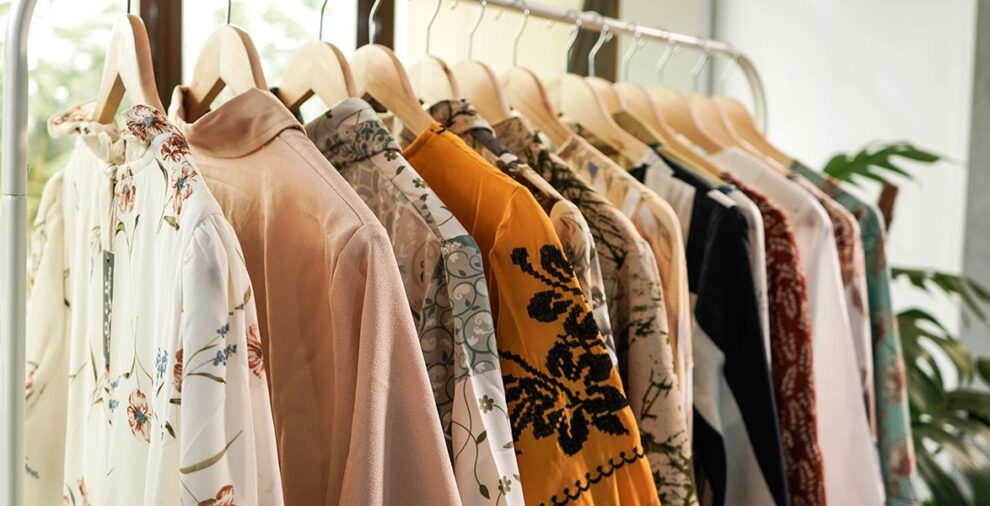Loaning clothes can be trying if managed poorly, and mutually beneficial when well-done—the key lies in responsible behaviour and relationship building
Press or celebrity loans are well-established part of fashion marketing. They fuel visibility and demand for both the brand and the person (wearing the garments). It carries both the risks of damage and the perks of instant popularity and growth. In this age of influencers, social media, posting airport looks and just for the ’gram, the industry practice has taken on gigantic, almost nervous proportions—a subject expansive enough for a separate discussion.
While it can be a demanding process, especially if poorly managed, some brands are well organised and cash-rich to afford loanable samples—separate from their production ones, made and shared for marketing purposes only. In the case of young or smaller businesses, this is not usually possible and the same sample set frantically doubles up for celebrities and production runs. Custom loans come with a completely different set of requirements, including heavy investments by the designer.
Ideally, one would like to think these samples are not sold. But there are many aspiring shoppers, both within the designers circles and outside, that are happy to knowingly buy samples, size permitting. This helps in liquidating stocks, selling slightly damaged items and recovering costs. Globally, sample sales have been an open secret, and highly coveted. In India too, a few brands are keenly tracked for their sample sales.
Custom loans come with a completely different set of requirements, including heavy investments by the designer.

Ananya Panday in a plisse skirt and structured bustier by Amit Aggarwal.
If labels want their samples to be better treated, returned timely or worn with certain carriage, it is their choice to refuse any stylist or celebrity who may have a reputation for below-par sample handling. Several brands don’t rush head-on and let a few endorsers who relate to their aesthetics find them instead. Social media makes this easier today. It’s slow, but some choose to work this way patiently.
Most labels are generally still keen to get a free or even paid (relevant to their label), celeb endorsement. In a hyper-cluttered content marketplace, it can catapult them to commercial success. I’ve heard of brand new or even failing businesses taking off after certain style mavens wear and post looks. Hence, designers willingly take on the challenges of loaning samples. The cost-benefit analysis is something that each company needs to evaluate for itself, knowing the pros and cons of this practice.

Most labels are generally keen to get a free or even paid celeb endorsement.
Aiony Haust/Unsplash
If there is an unshakable association between a particular stylist and a top rung celebrity or influencer, it is possible that the stylist or celeb may be able to bend a few established (but porous for some) rules. As is the case with anyone who exerts major influence in any field. On the other hand, some celebs, influencers and stylists are mindful of their involvement with loan samples, even making up for damages on occasion.
Over a period of time, most exchanges find the associations they want to carry on. It can be uncertain and trying. It can also be amazingly symbiotic when done well. The key is relationships built over a long term (directly or via their PR teams) between designers, stylists and celebs/influencers. It eventually plays a valuable part in easing out some of the liabilities of this collaboration.
Source : The Voice Of Fashion






















